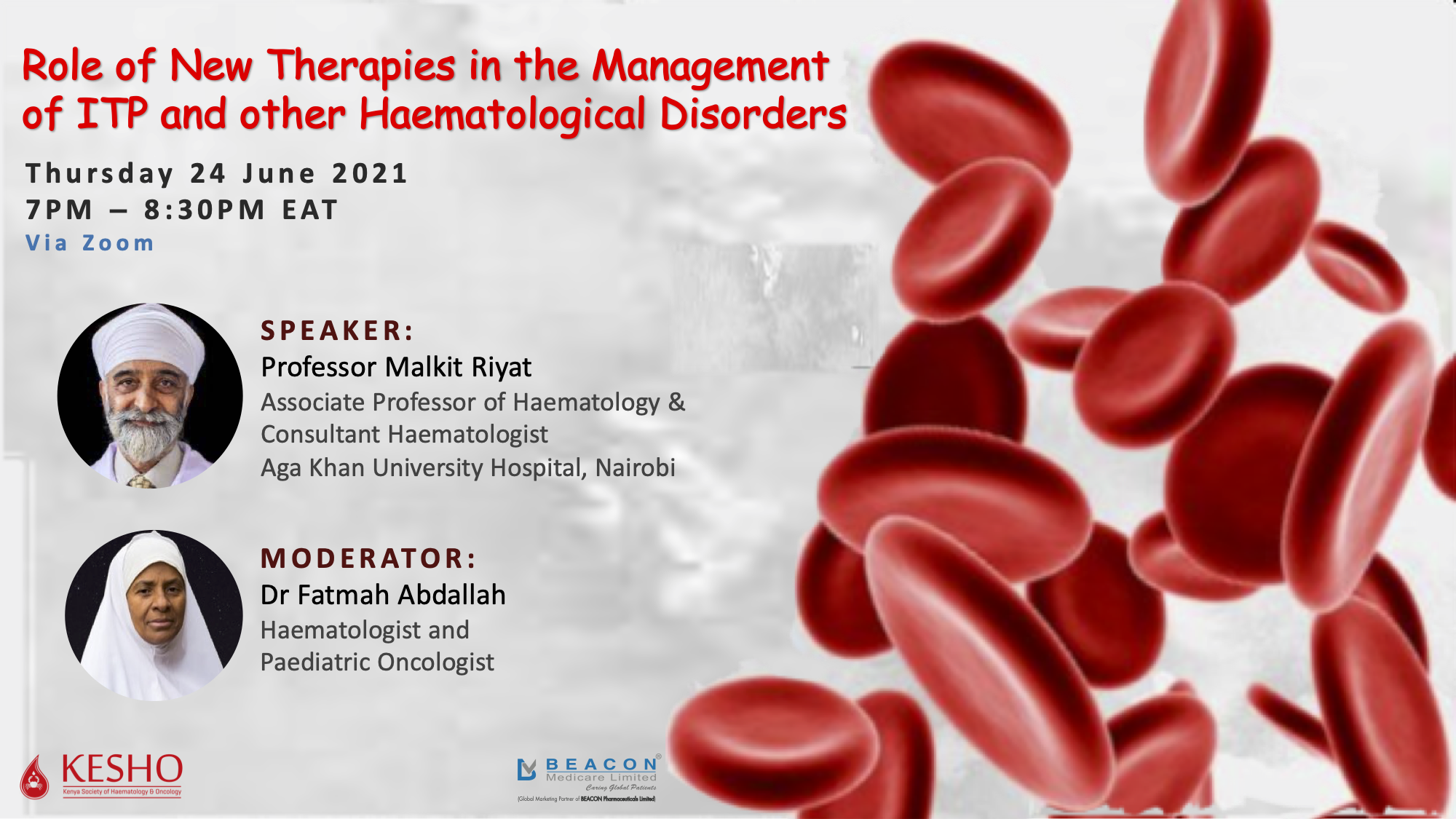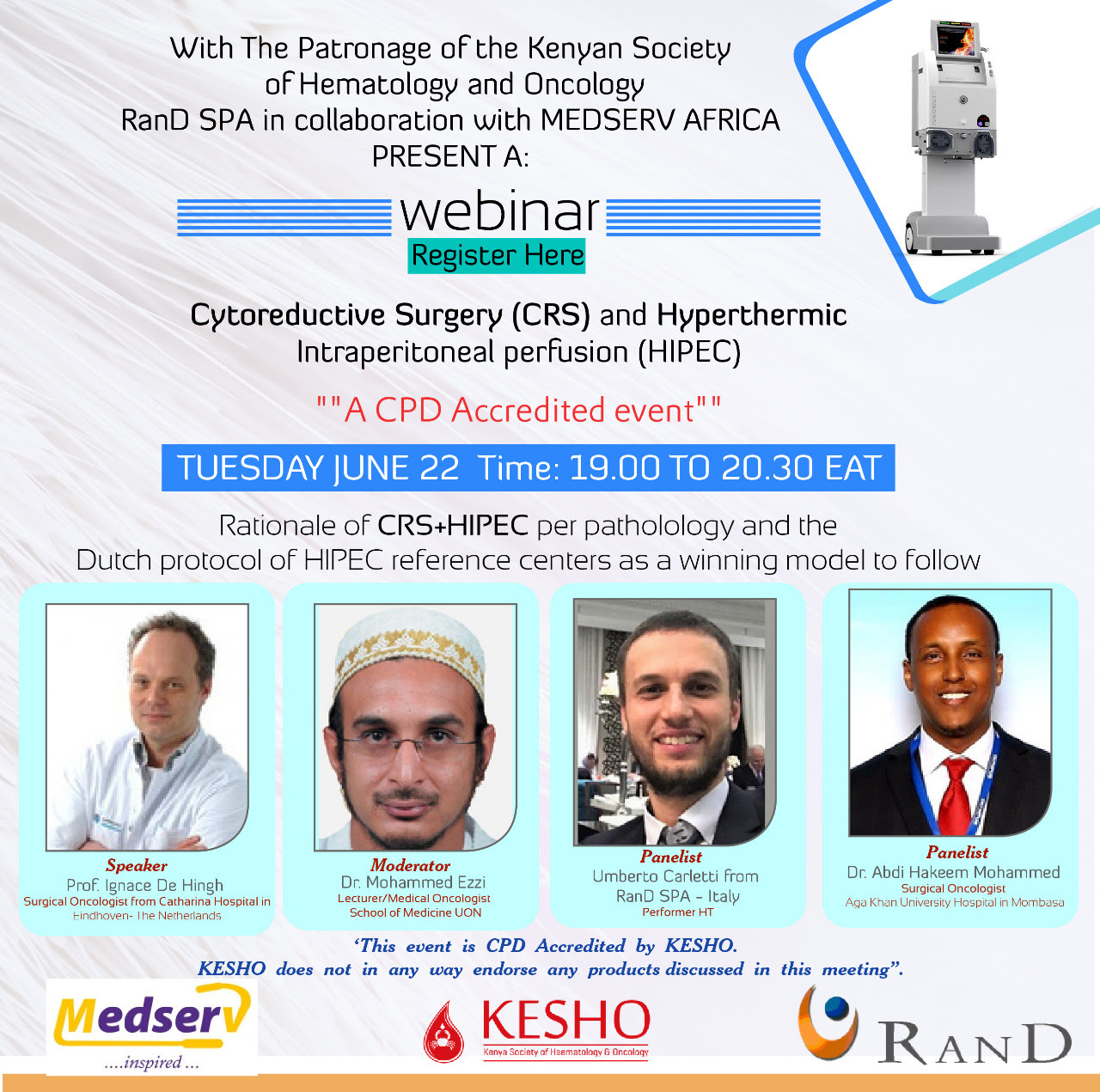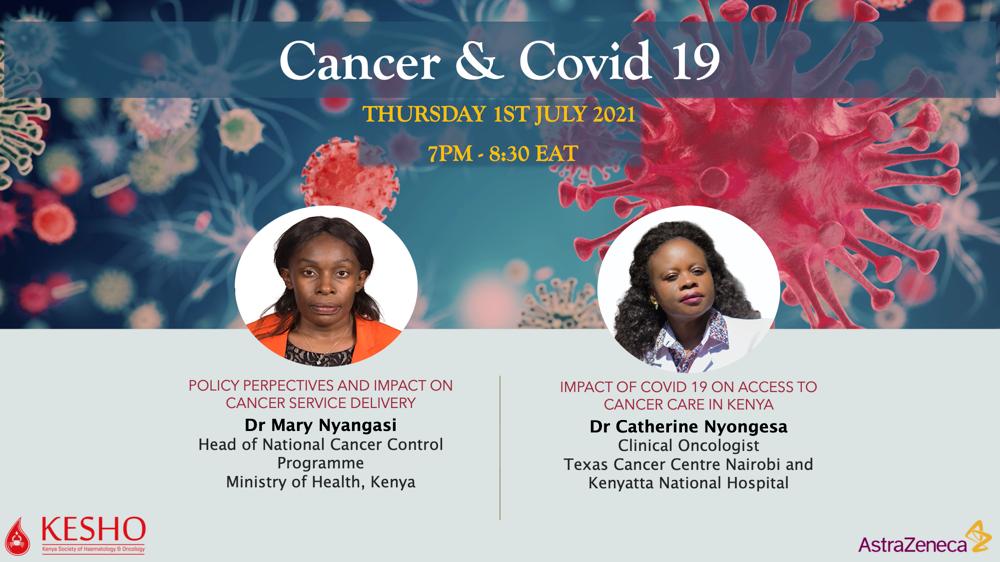
- This event has passed.
Role of New Therapies in the Management of ITP and Other Haematological Disorders
Event Navigation

Moderator: Dr. Fatmah Abdallah, Haematologist and pediatric Oncologist
Sponsor: Beacon
Presenters:
- Prof. Malkit Riyat, Associate professor of hematology and Consultant hematologist, Aga Khan University Hospital, Nairobi
Immune thrombocytopenia (ITP) is an acquired autoimmune hemorrhagic disorder characterized by low platelet count. This may be as a result of platelet destruction or impaired platelet production. A platelet count in peripheral blood less than or equal to 100×10^9/L is the most important criterion for the diagnosis of ITP. It has an incidence of 2to 5 per 100,000 persons and may be either primary or secondary. Pathogenetic mechanisms of ITP involve platelet autoantibodies, T lymphocytes, and impaired thrombopoiesis. Clinical presentation is the increased bleeding tendency, petechiae, and mucosal hemorrhages. Additional symptoms include exhaustion and fatigue, depressive disorders, anxiety, increased risk of infection, and iron deficiency anemia. Predictors of bleeding include severe thrombocytopenia, chronic ITP, history of major bleeding, older age (>60 years), patients on anticoagulants or antiplatelet agents. The goal of treatment is to achieve adequate hemostasis and not to achieve a normal platelet count. Initiation of treatment should put into consideration the age of the patient, upcoming surgery, comorbidities associated with the risk of bleeding, antiplatelet medications or anticoagulation, distance from the hospital and ability to follow up, and additional symptoms such as fatigue. Platelet count is the most important measure of disease activity and is inversely correlated with morbidity from bleeding. Management of newly diagnosed ITP maybe by observation for individuals with a platelet count greater than or equal to 30×10^9/L and asymptomatic or minor mucocutaneous bleeding or by use of corticosteroids for individuals with a platelet count less than 30×10^9/L and asymptomatic or minor mucocutaneous bleeding. This is dependent on factors that impact the risk of bleeding, including the degree of thrombocytopenia, patient comorbidities, medications, and age. Other factors to consider include the disease duration, access to care, quality of life implications, patient and provider preferences. Conventional first-line therapy includes corticosteroids, intravenous immunoglobulin, and watch-and-wait. Second-line treatments include immunosuppressive therapy and splenectomy.

